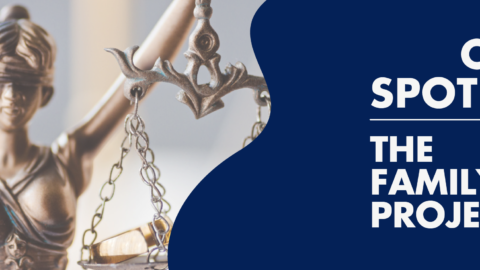As I write, the unprecedented 2019-2020 school year limps to an anti-climactic close for California’s K-12 students due to COVID-19. Parents are left wondering whether school will resume in-person in the Fall, and if so, will it be safe to send their children? Will another shelter-in-place order send students home again?
These stressful questions add another element to pending school choice disagreements. As the court recovers from COVID-19 closures, many parents will be forced to seek resolution of their Requests for Order on a shortened time or ex parte basis.
When facing a school choice decision, the court applies every custody litigator’s favorite legal standard, “the best interests of the child(ren).” See Ca Fam Code 3020. Traditionally, evidence supporting the best interests has focused on the quality and accessibility of the potential schools and how the child(ren) will perform academically and socially. With the uncertainty inherent in the current pandemic, we need to expand our analysis and be creative to help our clients evaluate and support their school choice claims.
Start by gathering information directly from each potential school about how they handled the transition to remote learning in the Spring 2020 semester, and their strategic plan for either re-opening or continuing remote learning. Obtain their attendance rates during the shelter-in-place shut-down; if a school was providing remote learning options but few students attended, the programming may have underwhelmed.
If any of the potential schools plan on in-person instruction, request information about planned social distancing and cleaning procedures. Compare these plans to the Center for Disease Control’s current recommendations for schools and childcare centers.
If your client’s child would be entering a school where they do not know other students, find out how the school plans to facilitate social introductions and activities. For a particularly social and extroverted child, meeting new friends via Zoom might be fine, but shier children may struggle. Similarly, find out about opportunities for one-on-one time with teachers as well as group projects.
If the child or parent has a pre-existing condition, gather information and recommendations from the treating pediatrician or physician in the context of the potential schools’ strategic plans for reopening. Make sure the additional risk is communicated clearly to the court as this goes directly to the health and wellbeing aspect of “best interests.”
Lastly, provide the court with information regarding how each parent handled the joint role of parent and teacher pre-COVID-19, during the Spring school shut-down period, and how this will look at each potential new school. Does one parent have more job flexibility to facilitate home learning? How does each parent deal with disciplining and motivating the child(ren)? If the location of the school is the impetus for the dispute, consider the industry in which each parent works—will the parents need to commute for work in the foreseeable future?
By thinking creatively, we can help our clients navigate this strange and trying time.
About the Author:
Madeline Warren is an attorney with Delacey, Riebel & Shindell. She has practiced family law exclusively since her admission to the California Bar, and has appeared in San Francisco, Alameda, Contra Costa, Marin, Sacramento and Solano Counties. Prior to joining DeLacey, Riebel & Shindell, Madeline worked with several family law practitioners in private practice throughout the Bay Area.



